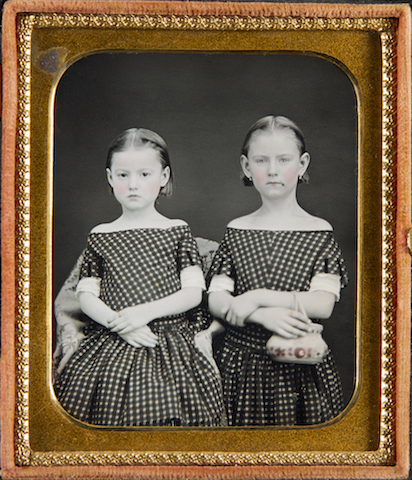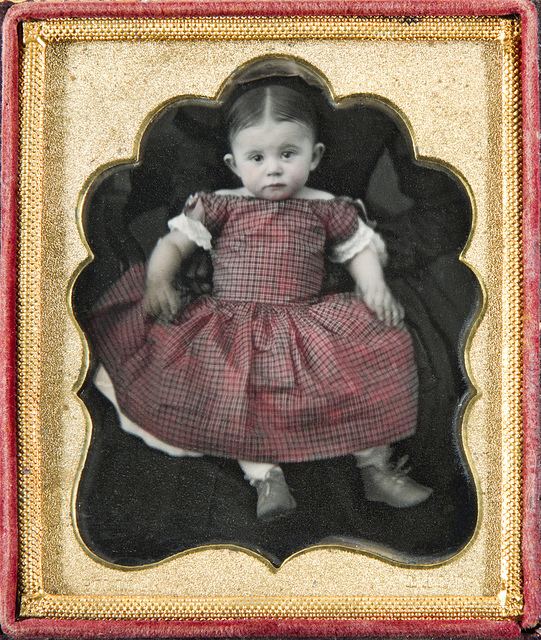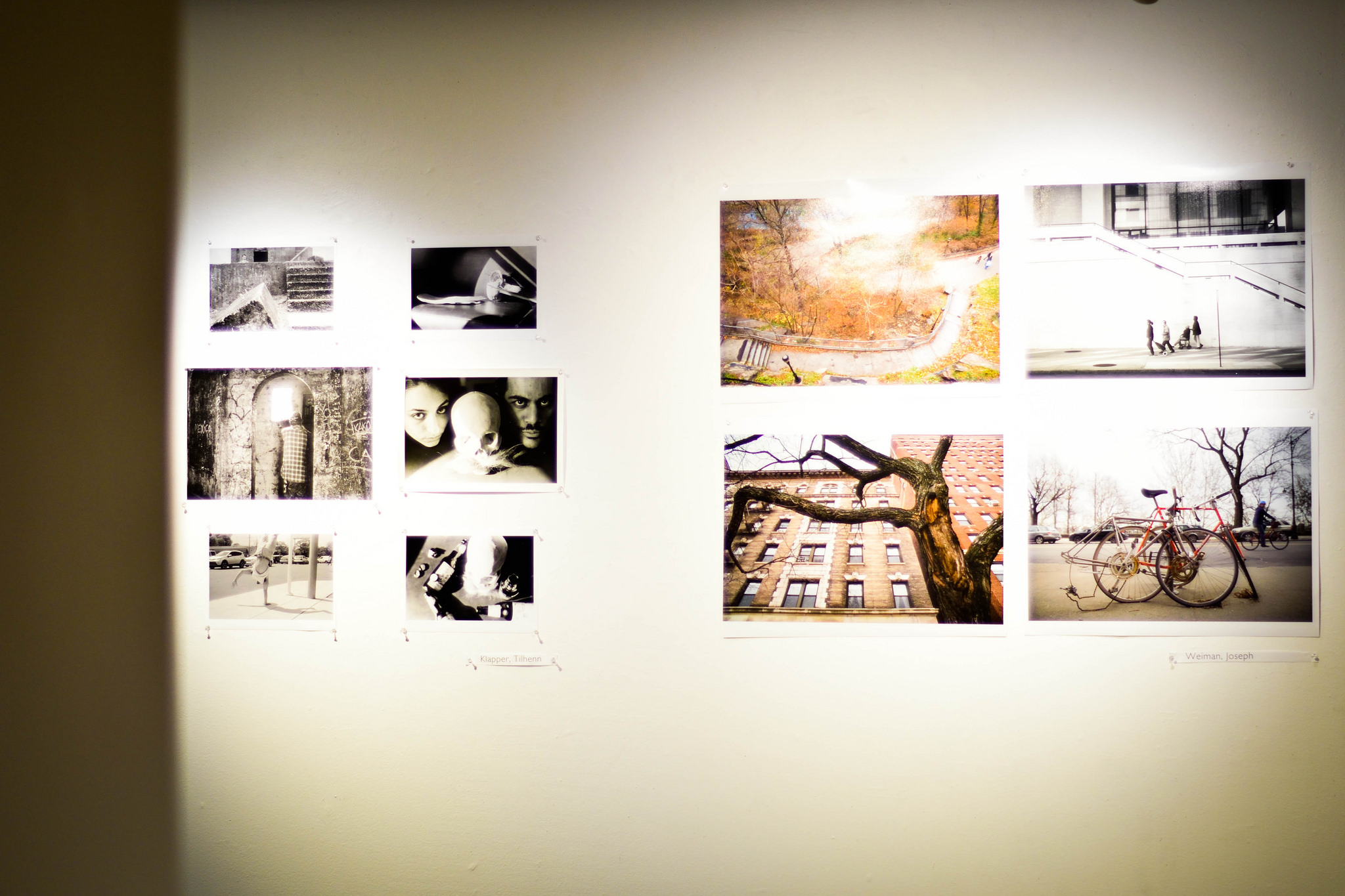This month, the Frances Lehman Loeb Art Center houses what is considered to be “the most extensive exhibition of European and American daguerreotypes ever in the northeast,” titled Through the Looking Glass. The daguerreotype and the process of producing it was invented by Louis Daguerre in 1839, and is considered to be not only the earliest form of photography, but also an innovation that forever changed both the arts and the sciences. Brought to America by Samuel Morse, the daguerrotype served as an important medium for documenting various types of information, from occupational or military portraits to studies of architecture and anatomy. Not only were images preserved for scientific reasons, however; for many people, a daguerreotype could serve as a person’s sole method of memorialization. As the daguerrotype became less and less expensive, the possibility for people to have their portrait taken, either to keep or to give as a gift, was much more conceivable for people across different social classes. Consequently, the art of portraiture took a democratic shift, as painted portraits were very expensive and reserved for members of the upper class.
The content of many of the daguerreotypes is in many ways shocking in the context of what we would expect from the nineteenth century. For example, the exhibition features a grouping of “erotic stereoviews,” many of which had received a color-treatment so that they would appear to be more realistic. Another section of the exhibition includes several post-mortem daguerrotypes, something that truly astounded me. Although open caskets are a common feature of funerals in America, I feel that Americans in general have a hard time coming to grips with the passing of loved ones and viewing their bodies after they have passed. For this reason, I felt surprised, disturbed, and interested all at the same time to see so many post-mortem daguerreotypes.
In order to truly appreciate the beauty of daguerrotypes as well as the significance they have held in the arts and sciences, I feel it is essential to understand the process of creating them. After surfing the web, I found a video that was both captivating and thorough in describing the art of the daguerreotype. Artist Dan Carillo, through this short, walks us through the process of creating a daguerreotype, adding bits of information about the history and future of photography.
Carillo has personal and nostalgic reasons for pursuing the art of daguerreotypes. “Part of the attraction, I think for me, is the fact that these images will live on far beyond me […] there aren’t very many things in this world that last that long, especially in modern times when things are so disposable and everything is just used and thrown out. In the digital realm, [while] it is so easy to take a picture, it’s so easy also to forget about it.”
The day I visited Through The Looking Glass, Carillo’s words were engrained in my mind for the remainder of the day. Later that evening, I wandered into the Palmer Gallery, where Vassar photography students’ work was being displayed in an exhibition titled The Interminable Pleasure of the Gaze. As a prospective studio art correlate, I am interested in taking a photography class during my time at Vassar; thus, not only did I enjoy viewing students’ work in and of itself, but I also hoped that visiting the exhibition would help me decide which photography class to take. The experience of the exhibition was an interesting departure from Through the Looking Glass. Both similarities featured a wide variety of subject and style; some of the photographs were black and white, while others were in color. What really sparked my interest, however, was the fact that one student captured his photographs in film, yet printed them digitally. Through this process, the student was able to use an older artistic technique, yet produce work in a way that is more suitable to today’s technology.
When I asked one student whether he preferred film or digital, he responded “digital” without hesitation. “It is the future,” he claimed. With companies like Kodak suffering and digital photography gaining more and more popularity, particularly with the frequent usage of smart phones, this may be a valid point.
And yet, Carillo’s viewpoint of daguerrotypes and their material longevity is a romantic one, and ultimately, one that I cannot let go of. Without a doubt, beautiful photography can be produced digitally, and the technology and innovation that goes into the development of digital cameras is certainly something to marvel at; however, there is something magical about working in the darkroom and watching the image slowly appear right before your eyes. In today’s rapidly-changing economy and fast-paced lifestyle, I know that film photography is not the most sustainable. This makes me wonder, therefore, when the Lehman Loeb will exhibit film photography and its historical significance to the same extent that it does in To the Looking Glass. For now, I suppose, we may enjoy the various forms and processes of photography, keeping in perspective the fact that we are living in an age of tremendous innovation and change.



